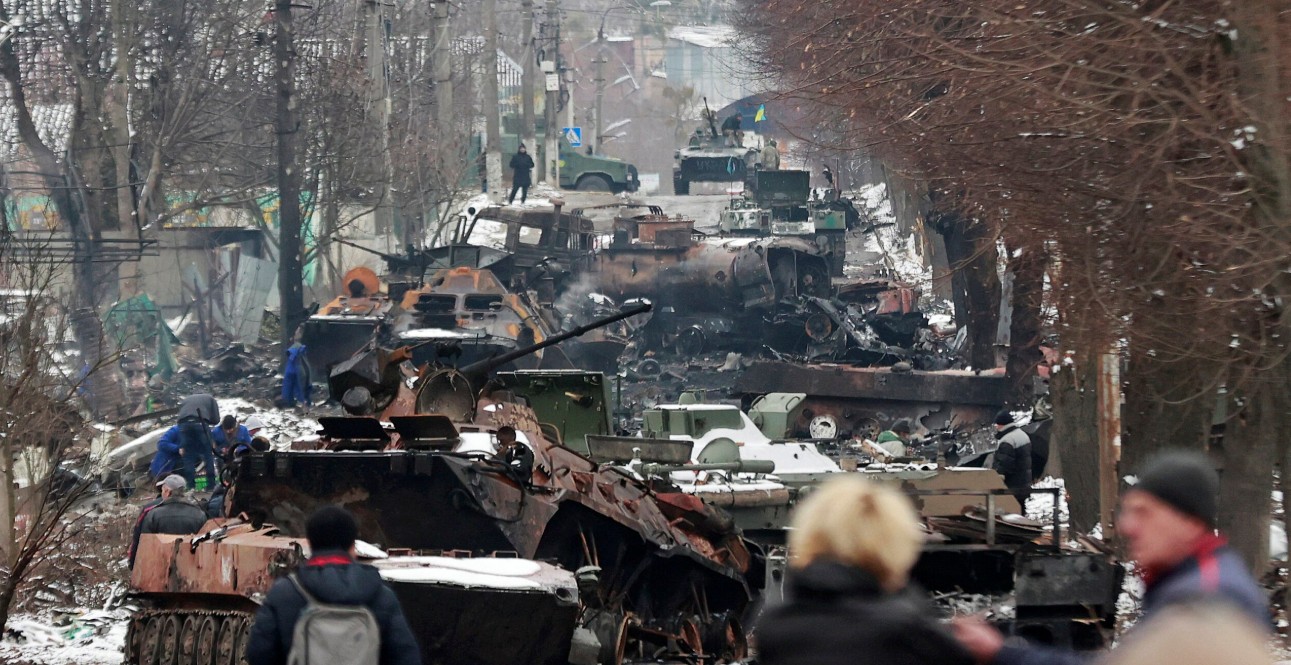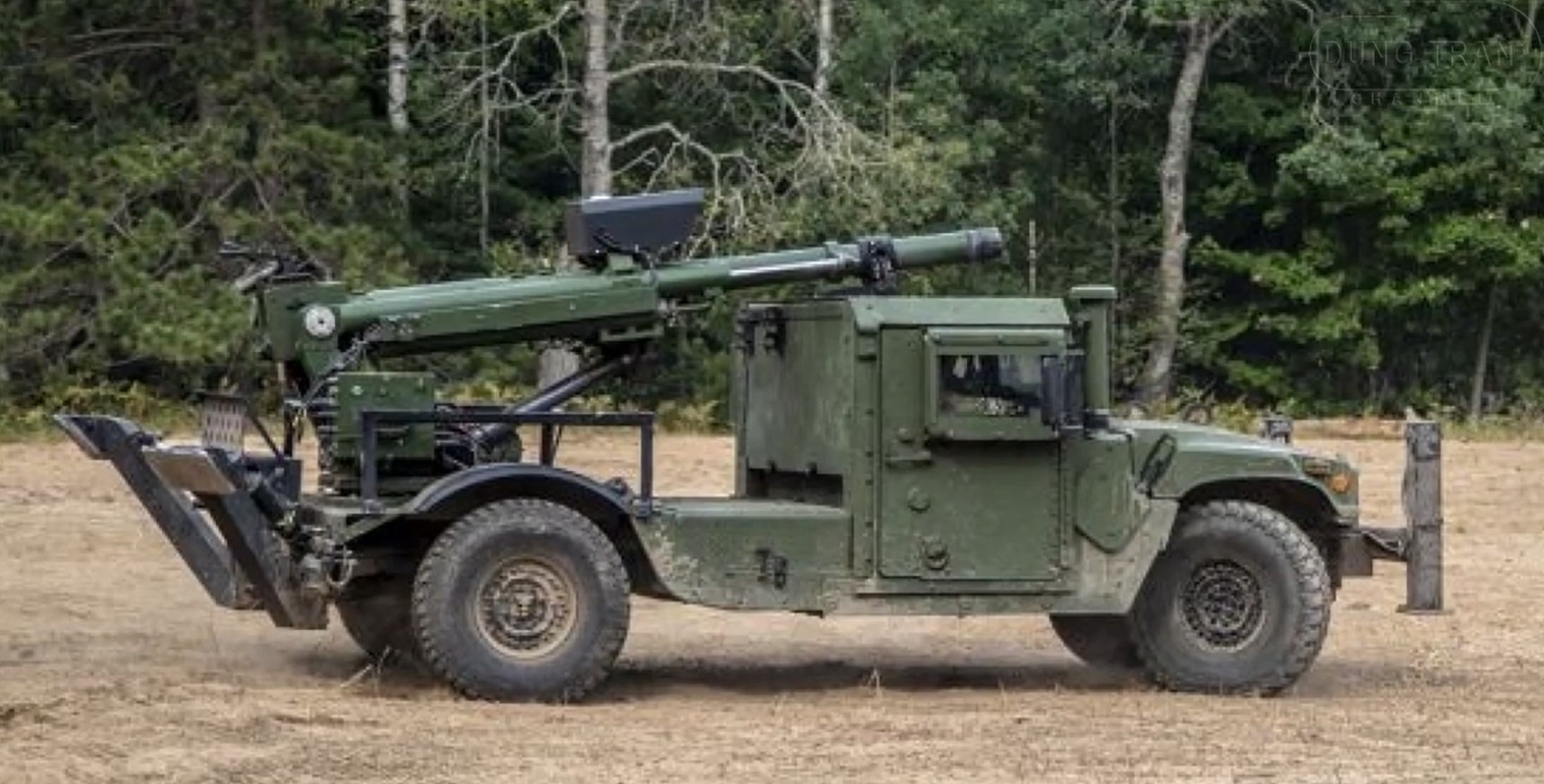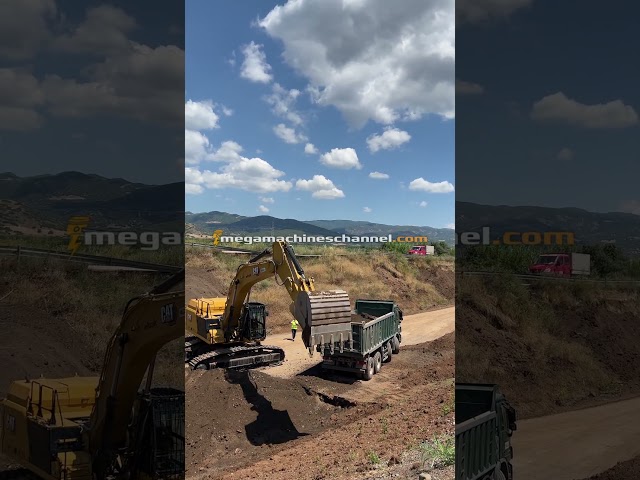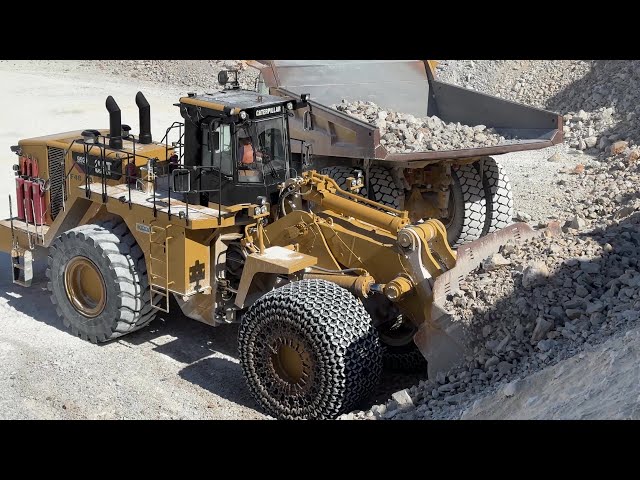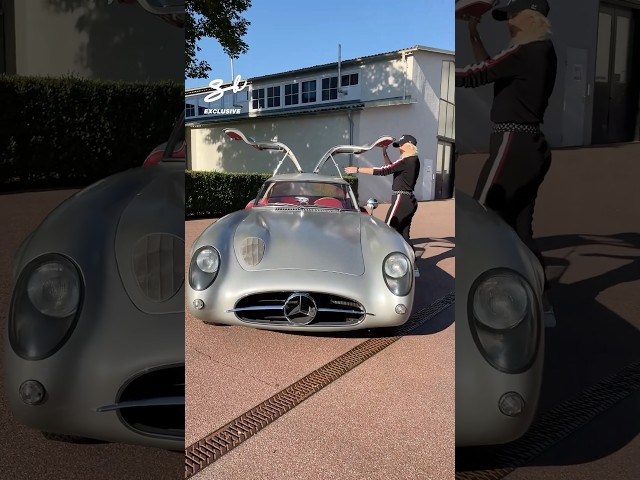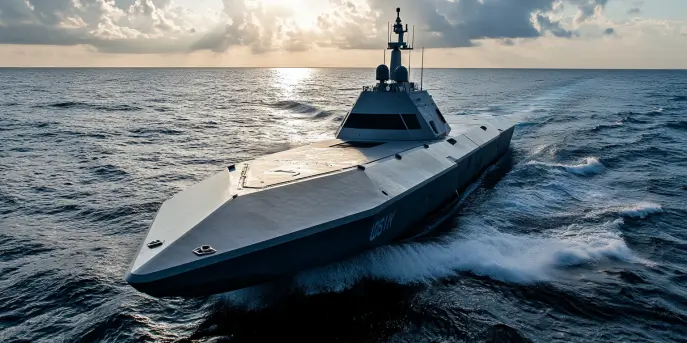The Evolution of Personnel Transfer
As conflicts and peacekeeping missions become more complex, the need for secure and efficient transport vehicles becomes vital. The Kirpi II emerges as a modern armored personnel carrier (APC) reinforcing the capability to protect and transport military personnel. This heavily-armored vehicle is specifically designed to endure harsh environments and malicious threats while ensuring the safety of its inhabitants.
Armor and Safety Features
Among the standout attributes of the Kirpi II is its state-of-the-art armor structure. The vehicle boasts an enhanced hull with advanced materials designed to resist ballistic attacks and explosions. Featuring a distinctive V-shape undercarriage, it is optimized to deflect explosive blasts from mines or improvised explosive devices (IEDs). This design diminishes the impact of shocks felt inside, offering increased protection to the personnel it transports.
Moreover, the Kirpi II includes a protective shield against chemical, biological, radiological, and nuclear threats (CBRN protection). These features ensure comprehensive safety irrespective of the threat environment.
Mobility and Operational Efficiency
The Kirpi II is engineered for remarkable mobility, which is crucial in battlefield dynamics. Its robust suspension system allows the vehicle to traverse rugged terrains without compromising speed or stability. Furthermore, the vehicle is equipped with a powerful engine that propels it efficiently over short and long distances, ensuring rapid deployment of personnel when necessary.
With a maximum highway speed, the Kirpi II proves that heavy armor does not have to impede rapid transportation.
Key Specifications
| Spec | Details |
|---|---|
| Armament | Machine gun and smoke grenade launchers |
| Seating Capacity | Up to 13 personnel including driver |
| Protection Level | STANAG 4569 Level 4 |
| Engine | Diesel engine, 450 hp |
| Maximum Speed | 105 km/h |
| Range | 700 kilometers |
Advanced Tactical Systems
The extensive set of tactical systems within the Kirpi II serves as a force multiplier. The vehicle is equipped with communication systems ensuring constant contact with command centers, regardless of the operational zone. Optical reconnaissance systems provide real-time data, enhancing situational awareness for decision-making and strategic planning.
Adaptability to Various Missions
Beyond conventional warfare, the design of the Kirpi II is versatile for peacekeeping operations and disaster response activities. Its spacious interior not only accommodates troops but can also be modified for medical evacuations or field command roles. This flexibility enables forces to tailor the vehicle to various mission requirements without significant overhauls.
Economic and Strategic Value
For nations investing in defense infrastructure, the Kirpi II offers a balanced solution of cost-effectiveness and high protection. It demonstrates a strategic edge, enhancing a military unit’s effectiveness while minimizing personnel risk. Its operational reliability ensures reduced downtime and maintenance costs, making it a long-term asset in defense arsenals.
Conclusion Highlights
In summary, the Kirpi II sets a high standard for armored personnel carriers, merging safety, efficiency, and modern technology. Its deployment contributes positively to mission success, embodying a necessary evolution in personnel transport that aligns with contemporary military and humanitarian needs.


